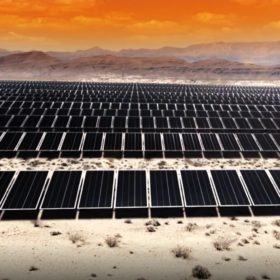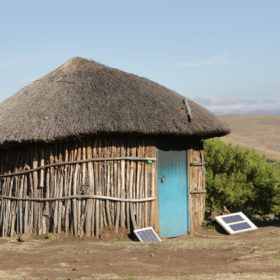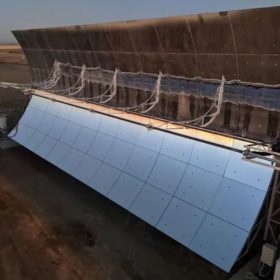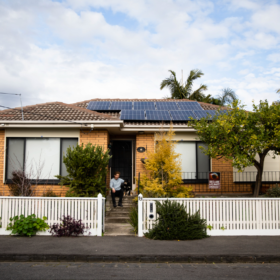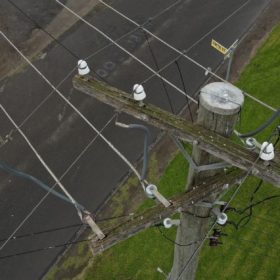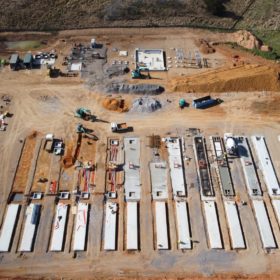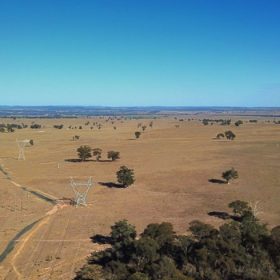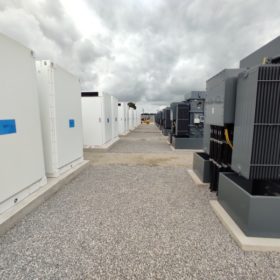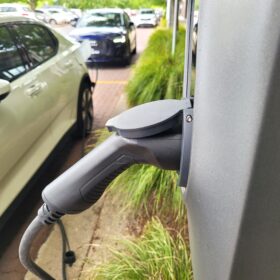Quinbrook sells share in giant US solar and storage project
Australia-based energy investment manager Quinbrook Infrastructure Partners has sold a 49% stake in a massive $1.9 million (USD 1.2 billion) solar PV and battery energy storage project being developed in the United States to a Dutch pension asset manager.
Off-grid solar continues to expand
The off-grid solar sector has shown resilience in the face of pandemic-related challenges, with 70 million people gaining access to electricity from early 2020 to the end of 2021. However, the ability to pay for solar energy kits has taken a hit.
German outfit seeks to ‘redefine’ residential industry in Australia with $100m aggressive acquisition strategy
A German startup backed by major European entrepreneurs and brands this week began the first of many strategic acquisitions in Australia, seeking to create a cross-country network and become a ‘one stop shop’ for renewable technologies with a major marketshare. Chris Williams, the founder of Natural Solar and now the CEO of 1komma5’s APAC arm, told pv magazine Australia the goal is to become the “Apple store of energy” – an opportunity he believes is well within reach given the institutional capital and scale behind the German outfit.
Vast Solar lands US support for CSP technologies
Australian company Vast Solar’s plans to expand into the rapidly growing North American renewable energy market have received a multi-million dollar boost after the United States government announced more than $38 million (USD 24 million) in grants to advance the development of concentrated solar thermal power technologies.
Qcells partners with Plenti to simplify home solar and storage financing
South Korean solar and battery manufacturer Qcells has partnered with finance lender Plenti to launch a home solar, energy storage, and virtual power plant (VPP) solution for Australian customers.
IEEFA calls for inquiry after network providers pocket ‘supernormal’ profits
The Institute for Energy Economics and Financial Analysis is calling for an independent inquiry into Australia’s electricity networks and their regulators claiming Australians have been overcharged $10 billion (USD 6.5 billion) in the past eight years by distribution and transmission network service businesses making “supernormal” profits from consumers forced to use their poles and wires.
Neoen completes financing for its Canberra big battery
French renewables developer Neoen has completed the financing for its 100 MW / 200 MWh Capital Battery in Canberra, declaring the project is on track to be operational in the first half of 2023.
NSW opens first in a decade of renewable tenders, targeting 12 GW of generation by 2030
New South Wales has today opened the first in what’s to be a decade of rolling tenders, part of the state’s momentous vision of fitting out 12 GW of renewable energy capacity and 2 GW of storage by 2030.
ACEN commits $800 million for 600 MW solar and storage project
A solar PV and battery energy storage project planned for the New South Wales Central West tablelands has achieved a major milestone with project developer ACEN Corporation approving $800 million for the construction of the 400 MW Stubbo Solar Farm.
FRV announces plans for Australian first big battery
Fotowatio Renewable Ventures has unveiled plans to deliver its first standalone battery energy storage system in Australia, announcing it will build a 100 MW/200 MWh big battery in Victoria’s southwest after securing $7 million in funding from the state government.
